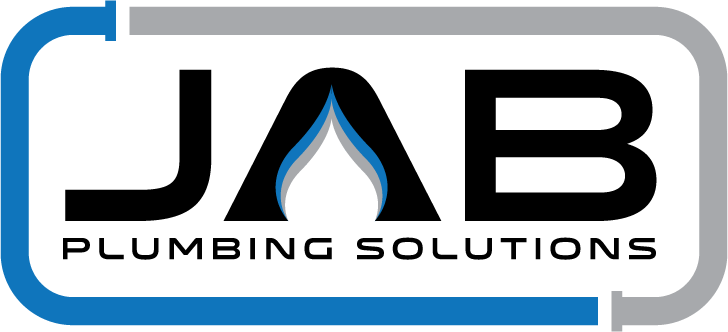Have you ever been brushing your teeth or washing the dishes and noticed that the water is slow to drain? In many cases, a slow draining sink is the result of a local blockage. These kind of clogs are minor in nature and caused by things like food scraps, hair and soap scum. The bad news is the longer you ignore it, the worse it will get. The good news is that there are some simple DIY tips to clearing clogged sinks so you don’t need to call in a Sydney drainage plumber.
What is a local clog?
All of the plumbing pipes within your home are connected to the outside sewer line. A local clog is when the blockage is located in the pipes within your home - normally very close to the plumbing fixture that’s clogging up. For example, a blocked kitchen sink will often be caused by food scraps or a teaspoon that is caught in the S-bend right underneath the sink.
Unlike local clogs which affect only one drain/plumbing fixture, clogs that occur outside of the home in the main sewer line can result in multiple plumbing fixtures blocking up. These are much more serious and can be caused by cracked pipes, tree roots or congealed grease. The tips below are unlikely to help with a main sewer clog and it’s important to call a licensed Sydney plumber as soon as you notice the warning signs.
How to clear local clogs from blocked sinks
Below are a few methods you can try to clear a blocked sink in your Sydney home, whether it’s in the kitchen, laundry or bathroom. Try them in the order mentioned, as the first tip is the easiest and most people already have the necessary materials in their home. As you go down the list, you may require additional equipment.
*Please note that these will only work on minor clogs - if something more serious is hiding in your drains, always call a professional drainage plumber.
1. Bicarb soda and vinegar
Bicarb soda is a bicarbonate (NaHCO3) and vinegar is an acetic acid (HCH3COO). Combining the two substances creates an acid based reaction, which results in a great non-toxic drain cleaner. When bicarb soda and vinegar react they fizzle and expand, creating pressure within the drainpipe that can work to dislodge a minor blockage.
Fill the kettle and pour boiling water down the drain. Measure out half a cup of bicarb soda and pour it down the sink. Follow up with half a cup of white vinegar. After allowing the bicarb and vinegar to fizz for around five minutes, pour another kettle of boiling water down the sink. Boiling water will help loosen any grease or soap scum thats caught in the pipes.
2. Remove the sink cover and use your hand or a clothes hanger to remove the clog
Many sink clogs are located right under the drain opening. If possible, remove the sink stopper or cover. If your hand fits down, you may be able to reach the clog and pull it out. Alternatively, a metal coat hanger can be bent into a hook and placed down the drain opening. This method is particularly effective for removing hair from bathroom sinks and shower drains.
3. Use a plunger
Plungers are a cheap and effective method for clearing minor clogs from sinks. Make sure you buy a cup plunger - made specifically for sinks - as opposed to a flange plunger that is designed for blocked toilets.
If the sink is filled with water, remove as much of the water as you can using a jug. Completely cover the drain opening with the plunger and ensure the seal is tight. Push down with quick forceful movements. This will push pressurised air down the drain towards the blockage. Pulling the plunger up with force is also important and will increase the likelihood of the clog being cleared from the pipes.
4. Remove the drain trap
If none of the above methods have worked, try removing the S-trap, which is located directly under the sink. You will need a bucket, a wrench, some rags and a cleaning brush. Always make sure the bucket is placed under the trap before you start work. This will catch any water and debris that could come out when the trap is removed.
Use the wrench to loosen the slip joint. Once loose, continue to loosen by hand and remove the trap. Make a note of how the parts came apart so you remember how to reassemble. Place the O-ring in a safe place and ensure you replace it when reattaching the trap as it’s necessary to seal the connection.
Once the trap is removed, use a cleaning brush or other cleaning tool to remove any gunk or debris found inside the pipe. Take the trap to another sink and wash it out thoroughly. After everything has been cleaned out, you can reassemble the trap. Note the order the parts are installed: the slip joint nut will go onto the tail piece or wall pipe, then the o-ring, then the threaded trap end.
5. Call in a professional Sydney plumber
If the sink is still not draining properly, it is highly recommended to call a licensed Sydney drainage plumber. These plumbers carry the latest industry tools including drain inspection cameras that can find out exactly what’s causing the blockage. High-pressured jet blasting machines can clear even the most stubborn blocked drains, often within an hour or less. Early intervention will prevent a blocked drain from getting worse, and can minimise any damage caused to your home. For a free quote, call JAB Plumbing Solutions today on 1800 225 552.
Related Articles:
Article and photography by Neela Shearer







